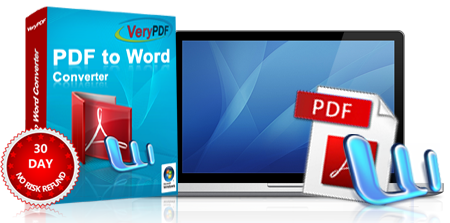

Creating a PDF Document with Fillable Forms PdfCompliance.PdfA1a and PdfCompliance.PdfA1b are marked as obsolete.įor more information on PDF/A, see the next article, “Learn Features of Conversion to PDF/A”. Note that with the PDF/A format, an output file size is larger than a regular PDF file size. Use the PdfCompliance enumeration to set the PDF standards compliance level. Some examples of using PdfSaveOptions are provided below.Ĭurrently, you can save to PDF 1.7, PDF 2.0, PDF/A-1a, PDF/A-1b, PDF/A-2a, PDF/A-2u, and PDF/UA-1 formats. These options can be specified by use of the PdfSaveOptions class, containing the properties that determine how the PDF output will be displayed.

Therefore, Aspose.Words makes PDF output documents look as close as possible to what you can see in Microsoft Word. Sometimes it is necessary to specify additional options, which can affect the result of saving a document into the PDF format. Moreover, it features some complex output functionality, such as document structure tags, encryption, digital signatures, and editable forms.Īspose.Words layout engine imitates the way the Microsoft Word’s page layout engine works. It has a specific file structure, graphics model and font embedding. Since these stages include complex computations, they are time-consuming. Also, the PDF format is rather complex by itself. Several stages of calculations are required in the process of converting a document to PDF, including the layout calculation. For that reason, converting to PDF is an important feature of Aspose.Words. The PDF format is a fixed-page format that is very popular among users and widely supported by various applications, because a PDF document looks the same on any device. How to Control Embedding Core Fonts and Windows Standard Fonts.When to Use Full Fonts and When to Subset.



 0 kommentar(er)
0 kommentar(er)
